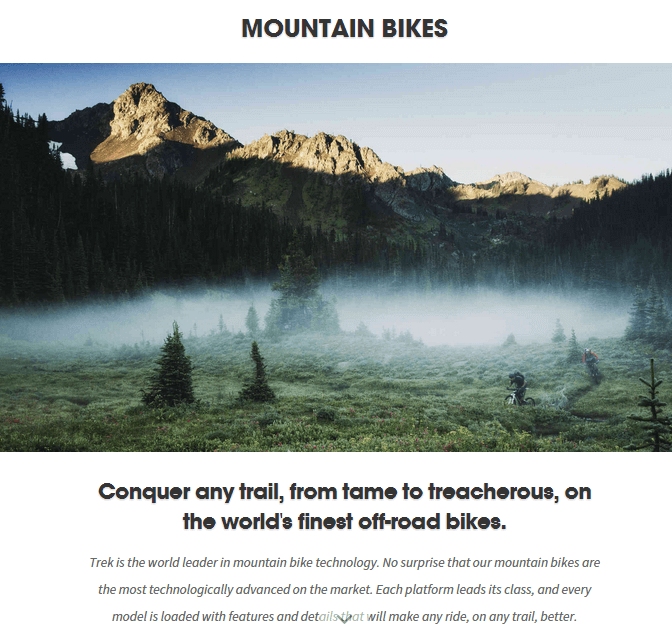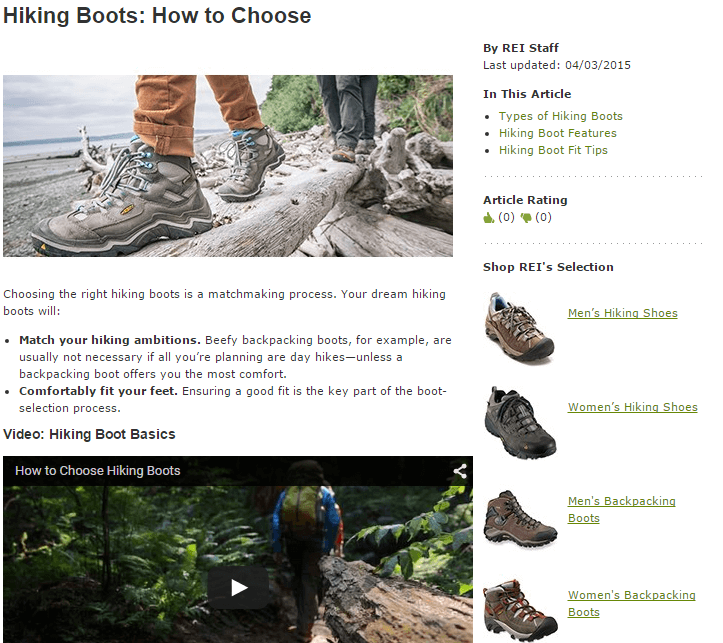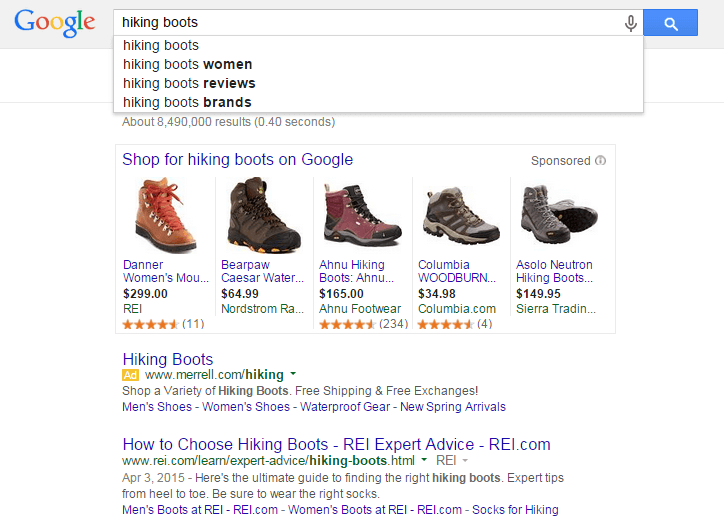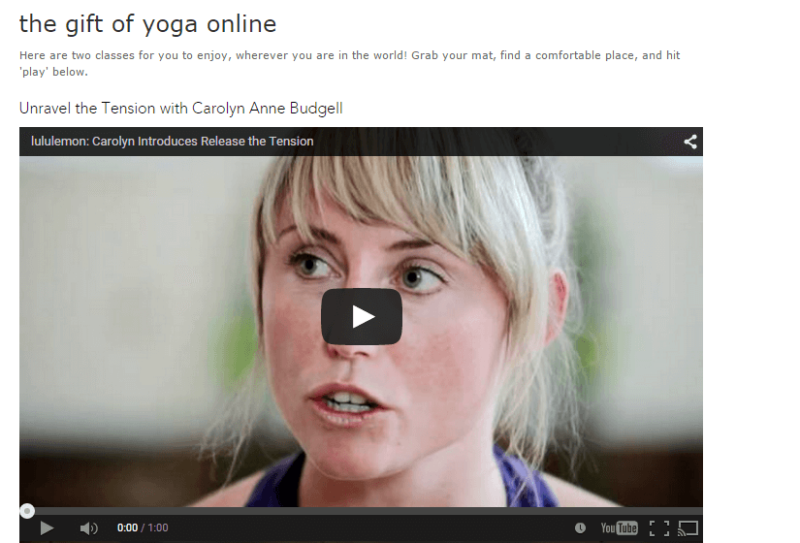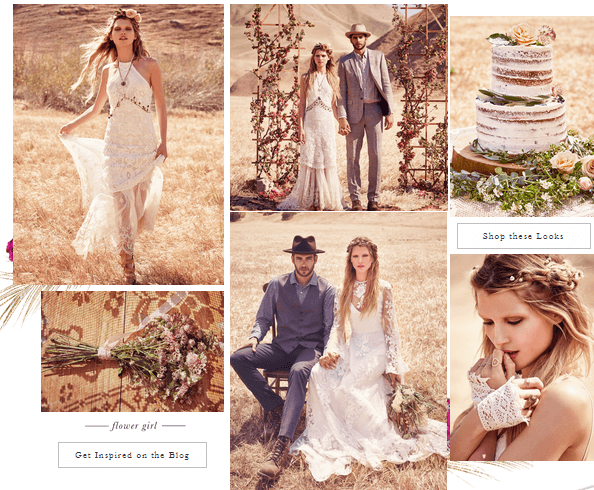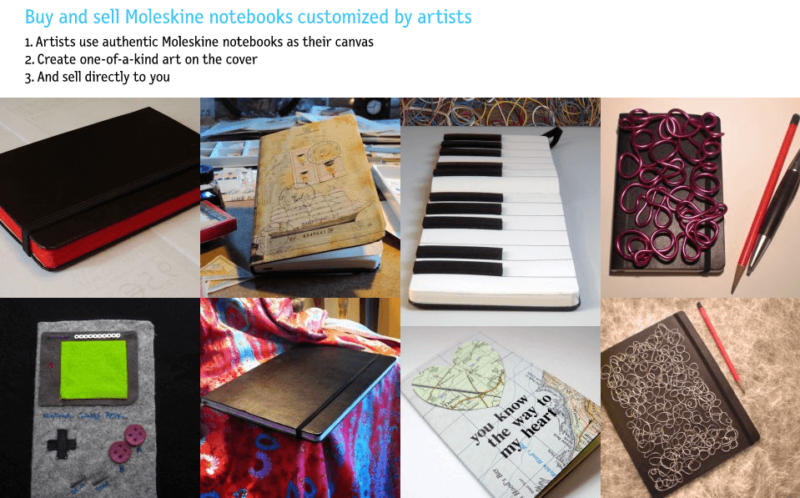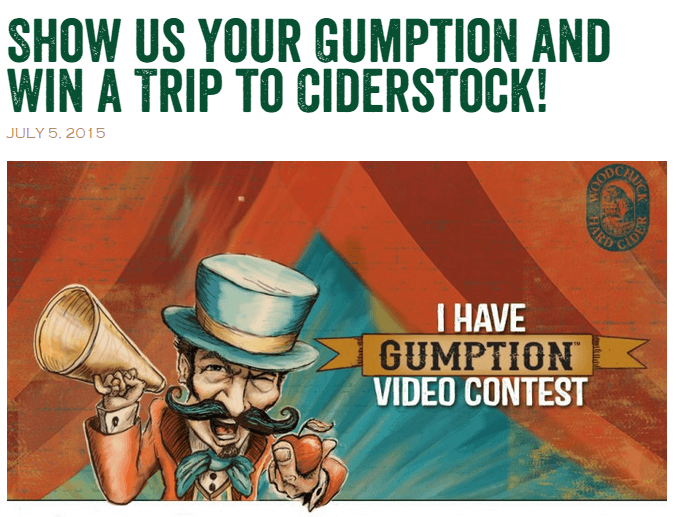How To Attract Killer Links For E-Commerce Sites
Trying to create compelling, linkable content for an e-commerce site? Columnist Stephan Spencer has some great ideas to get you inspired!

“Link building” has become a bit of a loaded term in the past few years.
To some degree, this is justified. No one likes those dated and unprofessional “Hi, I was wondering if you would link to my site” emails. But the game has evolved, and frankly, I still love the term.
Why? Because it isn’t “link begging” or “link loophole finding,” it is link building. It describes the work and investment required to build a solid link portfolio, not based on favors and tricks, but on solid and remarkable content.
To do that, you are going to have to think about your own online habits. You’ll notice the stuff you are linking to isn’t product pages, category pages or home pages; it’s that article you love, that amazing Rube Goldberg machine video, that beet burger recipe. It’s the supplementary content on the site that makes users sit up and take notice — and the quicker your site can get in on the game, the quicker you’ll start seeing huge boosts in your visibility.
“Content marketing” as a term has an arcane and abstract aura surrounding it, partially because it can mean so much and encompasses so many strategies. However, in e-commerce link building, it boils down to one thing: Give people a reason to link to you. No matter if you’re going the informational route, the viral route, the deals route or something totally different, whatever you’re doing needs to be exceptional enough that somebody notices and is willing to give you their “vote” in the form of a link or a share.
To do that, you’ll have to try to fail a few times and develop a strategy that fits your brand’s unique voice and capabilities. However, I do have a few ideas to serve as a beginning template of concepts that can fit a wide array of e-commerce sites and brands (with plenty more in my book, Social eCommerce). Here are some great ways to start:
Do A Survey Or Quiz
I’m a big fan of surveys because they are essentially the marketing muscle you already have but didn’t know you could flex. Imagine having a mountain of data on your customers that gives you direct insight into what they want and how you can better provide it to them. You can even use surveys to direct leads into a buying funnel that is specific to their needs.
To make this more viral, however, you need to make it easy and fun.
VisualDNA uses psychology-driven data and a highly visual, easy-to-take formula to create awesomely in-depth personality tests. Not only are these tests super shareable, they also provide incredibly insightful user data for marketers. People love knowing the inner workings of their brain, and they love sharing it with other people. To do this with your own site, create a quiz relevant to your product’s or brand’s niche, give it a fun premise, pair it with some great design, and watch people share.
Buying Guides
A buying guide is another way to tap into a customer’s needs and desires to get them a customized answer to what they are looking for. This can come in the form of a buy guide quiz that directs them to a product they need or an informational guide that answers the types of concerns consumers would have about buying and offers further inspiration.
Coast’s Bridesmaid style book targets future brides and bridesmaids looking for inspiration by offering them style ideas. These create internal linking opportunities to their own products and informational resources for bridal blogs to link to.
Create An Authority Hub Or “Best Of” List
One of the easiest ways to get a link from blogs you are interested in is to stroke a few egos. A great way to flatter a bunch of them at the same time is to create a “best of” list.
Whatever your niche, pinpoint a concise target — such as “best design blogs,” “best trail guides,” “best extreme sports Instagrams out there” — compile this information into a post, and then notify each of your winners that they’ve been featured. Much of the time, they are flattered and will either spread word of the post on social media or link to it on their own page.
Here’s an example of Domino’s recent post, “24 best design blogs of 2015,” and Apartment Therapy’s response post on their own blog, featuring a nice link back to the original post.
Category Pages Are An Opportunity
No one wants to link to a page simply containing products, but I still see most category pages featuring little copy, little explanation, and rarely anything but a series of photos and links to products. Your category page has so much more potential than that. It can be a place to reinforce brand appeal, like Trek bikes does below.
Brian Dean of Backlinko came up with a brilliant plan that ushers links into pages like this — known as the “moving man method” — that is worth noting because of its innovative strategy.
Do you have competitors that have recently gone out of business? Sneak in on the authority they’ve already built up by finding people that have linked to their stuff, notifying them that they have a defunct link on their site, and suggesting a replacement link that happens to be on your site. If you’re a real baller, you can even custom create category pages of content based on the link they used to feature. That way, the bloggers see your page as too good a fit to resist.
Go Big With Viral Video
Videos, like any content, are vying for a top spot among a huge competition set. For anything you can think of, there are probably videos surrounding the topic. Because of that, you have to rise to the challenge to make something ultra-compelling.
Science teacher and TV personality Steve Spangler didn’t just demonstrate the product; instead, he went on “Ellen” and set up an autolaunch for 25 ping-pong guns simultaneously. Why is it brilliant? Because it didn’t require a huge production value — just 25 of his own products and some setup. The result is you’ve got an experience on a magnificent scale that users at home probably can’t replicate, so it is noteworthy.
Vat19 has cracked the formula for making their product videos go viral by baking remarkability and virality into their brand. Their videos all display a very tongue-in-cheek playfulness that says, “We’re Vat19, and we couldn’t resist going all the way with it.”
In the video below, the company created a fun music video with the world’s largest gummy bear (which they happen to sell). Why? Because how could they not? They are Vat19, and the world is their sassy playground.
How-To Videos & Resource Materials
REI has the buyer’s guide game on lock, and it has become a trustworthy resource for buyers because of it. Each article reviews the products that REI has in store, how actual outdoor experts choose the product they need for an individual purpose, and how a buyer can judge his or her own needs.
The key here, however, is to make sure that you aren’t promoting, but informing. My co-author, Rand Fishkin, created an awesome “Whiteboard Friday” last year about targeting audiences at an earlier point in the buying funnel. It allows you to get at customers in a place where not as many brands are going. You’re getting at them at the very inception of the buyer idea.
This, of course, means it could be a long while before the purchase. Targeting customers early in the purchase funnel requires a great deal of patience. But because it is so informative — so crucial to buyers who are going in blind — it is highly linkable on blogs that are focused in your product’s niche.
REI’s efforts here paid off big; a search for “hiking boots” will reveal a #1 spot for its “Hiking Boots: How to Choose” resource page.
Even educational content that isn’t directly about products can be a link goldmine. Lululemon provided two free video yoga lessons on its site, which serve as great resources for beginners. The result? Links from 50 unique domains. The investment in creating a high-quality video that really addresses the needs of beginners can pay off big.
Unboxing Videos
Unboxing videos are even simpler than they sound. Bloggers buy or order a new or hot product, receive the product, and open it while giving their initial opinions and perceptions of the expectations surrounding the product versus the reality. Despite their simplicity, these videos are incredibly popular, especially in the tech sector with popular tech vloggers and journalists.
If unboxing is less relevant to you (you’re not in the “gadget” sector), reviews are similar and equally as valuable. Often, approaching a popular YouTube vlogger about a free sample of your product in turn for a review can be a great option, if you are confident enough in your product.
Host A Great Deal, Then Alert The Bloggers
“Mommy bloggers” have an entire community for alerting others to great short-term deals. They also have a huge following of incredibly active bloggers and social media users. Creating a short-term deal that will cater to this linking community will ensure a lot of attention and links, fast.
Keep in mind the customer type with this, though. Often, moms who use these sites are in for the deal, not the product. You may get a lot of short-term attention with few long-term customer relationships built. However, if your aim is to get your foot in the door with this niche or to make a few links, this is worth considering.
Also consider attending a real-world female blogger event like BlogHer to build rapport and relationships with this community. Guys are welcome, too. Especially consider this if you’re a single guy; the ratios are seriously in your favor!
Create An Inspiration/Personal Stories Page
Your brand isn’t defined by the products you sell, but by the community you create. Reinforce that brand by showcasing some of your most loyal fans — those who inspire the brand and those who embody the brand’s spirit.
If you can get an exclusive interview with a hot celebrity, that personal story has the potential to resonate with their fan base as well, which means a new pool of bloggers, site users and leads for you to dip into.
Even if the story isn’t about a celebrity, a personal story shows how your brand translates into a lifestyle and makes it relate to potential buyers.
Visual media is hot, and taking advantage of it can be as easy as having a photo shoot with some of your products. Free People has a great inspiration blog (though it shows a fatal flaw in not supporting those images with text featuring keywords that the search engines can grab).
Pinterest is still seeing some of the highest conversion rates in the game, and a page full of high quality, “pinnable” photos makes you a constant reference for great content. E-commerce sites such as Ovvio Oils that have put a ton of effort into building out their Pinterest presence can take it to the next level by further engaging with the Pinterest community — becoming a contributor to community boards, creating community boards, reaching out to influencers with collaboration ideas, and so on. Check out Pinterest’s new “buyable pins” program, too.
Get Customers To Interact With Your Brand In An Intimate Way
Creating content is one thing, but when you’re getting customers to create a community around that content, you really start seeing consistent attention.
Moleskine has a custom marketplace that allows customers to buy and sell Moleskine notebooks that have been customized by artists. Here, Moleskine is creating instant community around its product. It’s not only supporting the sales of its journals by creating demand for custom journals, but also getting fans talking about their love of Moleskine.
Competitions
I love competitions because you’re essentially having others do your promotion work for you. And if the contest involves creation of some sort — such as a video, a photo, a slogan, a tweet, whatever it might be — the content is yours for the repurposing (with copyright law caveats, of course).
Also, it becomes easy to budget for a competition when the grand prize is not expensive to you, such as a big-ticket item that you already sell, a trip that was made cheap through a strategic partnership you have, or a small sum of cash.
Woodchuck Hard Cider recently ran a video competition that had all the elements of a great video competition. The premise was simple: How do you have gumption? It asked viewers to send in a short clip of them proving why they have the attribute. Winners were selected among those with top votes on the site and through social media.
Those 10 chosen winners would receive transportation and free tickets to Woodchuck’s first Ciderstock music festival. By aligning the release of the contest with its festival date, Woodchuck could kill several birds with one stone and promote its blog along with its big event. All the while, it promoted brand awareness and community engagement.
Final Thoughts
Among the most important tips is to know your end goal: If you’re an e-commerce site, your end-goal isn’t just an awesome link — it’s ultimately conversion. That means that you need to keep in mind not only your campaigns, but also their relevancy to your market. A well-placed link on a trusted and high-authority site is amazing; it’s even better when it leads to direct click-throughs that turn into sales.
SEO isn’t about blindly funneling searchers to the front page — it’s about knowing what to do with your newfound attention, because that is how you’ll ultimately find big success. I hope these recommendations will not only encourage links and attention, but also help you create an online business that understands and streamlines the buying funnel. Your content should be right there as part of it, shaping your brand, shaping the customer’s researching process, and signaling them to your product’s relevance to their life.
Contributing authors are invited to create content for Search Engine Land and are chosen for their expertise and contribution to the search community. Our contributors work under the oversight of the editorial staff and contributions are checked for quality and relevance to our readers. The opinions they express are their own.
Related stories
New on Search Engine Land




